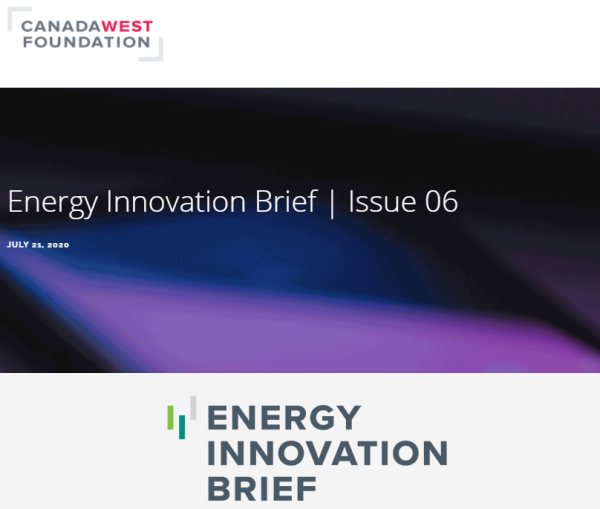Disseminated on behalf of Zinc8 Energy Solutions Inc and Zimtu Capital Corp.
Excerpt:
A new Canadian-made battery is gearing up to disrupt the market for energy storage. Zinc8 Energy Solutions, based in Vancouver, has developed a new regenerative battery technology made out of zinc and air that has already shown to be more cost-effective and longer lasting than lithium ion batteries. Here’s how it works: the Zinc8 battery uses electricity from the grid to split a chemical called zincate (ZnOH4) into charged zinc particles, water, and oxygen. Then, the zinc particles are stored in a potassium hydroxide electrolyte – where they can be kept for months without degrading. When electricity is needed, the charged zinc particles are recombined with the oxygen and water to release the stored electricity and produce zincate, which is then cycled back to begin the process again. Instead of requiring multiple batteries to store energy for longer periods of time (such as lithium-ion batteries), the zinc-air battery can be easily scaled by increasing the size of the storage tank and amount of electrolyte. As the storage capacity increases, the overall cost decreases. For instance, the capital cost of a zinc-air battery falls from $250/kWh for an eight-hour storage period to $100/kWh for 32 hours, while lithium-ion batteries cost about $300/kWh for any duration over eight hours. After winning the New York Power Authority’s (NYPA) Innovation Challenge in January, Zinc8 is currently working on three pilot projects: a 100kW/1MWh for the NYPA in western New York state; a 100kW/1.5MWh project in Brooklyn, NY; and a 40kW project in Surrey, B.C. Read the full story here and more about zinc-air battery history and technology here.

The Zinc8 zinc-air hybrid flow battery system. Photo: Zinc8
The concept of a zinc battery is nothing new. In fact, it has been long recognized as an effective form of energy storage due to zinc’s high energy density, abundant availability, and low-cost. The first zinc-air battery was first commercialized in 1932, where it was widely used for small-scale medical and telecommunications purposes, such as hearing aids and pagers. Yet, for decades, the zinc-air battery’s potential for large-scale energy storage was largely hindered by a fundamental flaw – the formation of a coating on the zinc electrode (called a dendrite) that caused problems such as short-circuits. Zinc8 was able to innovate a process that prevented this from happening. Now, the zinc-air battery is re-emerging to compete with other battery systems, such as lithium-ion, in the market for large-scale energy storage.
The Energy Innovation Brief is compiled by Jade McLean and Marla Orenstein, with this month’s edition featuring contributions by research interns Taylor Sterzuk and Taylor Blaisdell. If you like what you see, subscribe to our mailing list and share with a friend. If you have any interesting stories for future editions, please send them to eif@cwf.ca.
Source: https://cwf.ca/research/publications/energy-innovation-brief-issue-06/

